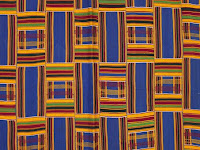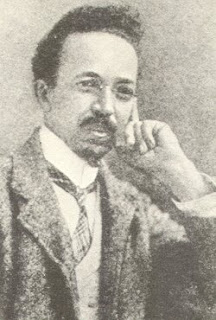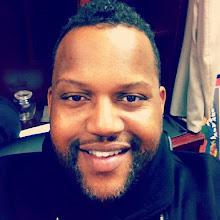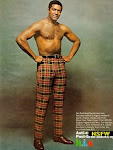Now at the peak of his powers, it is still instructive to ask who he is and what is revealed in his work about its maker.
An African American artist who deals with issues of racial identity only tangentially if at all, he was called "America's Best Artist" in 2001 by Time magazine critic Robert Hughes. In that same year a show of 12 of his sculptures organized by the Virginia Museum of Fine Art, which traveled to the Berkeley Art Museum, was declared the best Bay Area art event of the year by the San Francisco Chronicle.
Having seen that show, which was one of the best exhibitions by an American artist I have ever seen, I looked with anticipation to viewing his current exhibition of 47 sculptures at the San Francisco Museum of Modern Art. I was not disappointed.
Including several of the works from the Berkeley show, it offers a survey of his career in depth that affirms Hughes' assertion and tells us more about who Puryear is without destroying the wonderful sense of mystery conveyed by his singular and stunningly beautiful work.




















